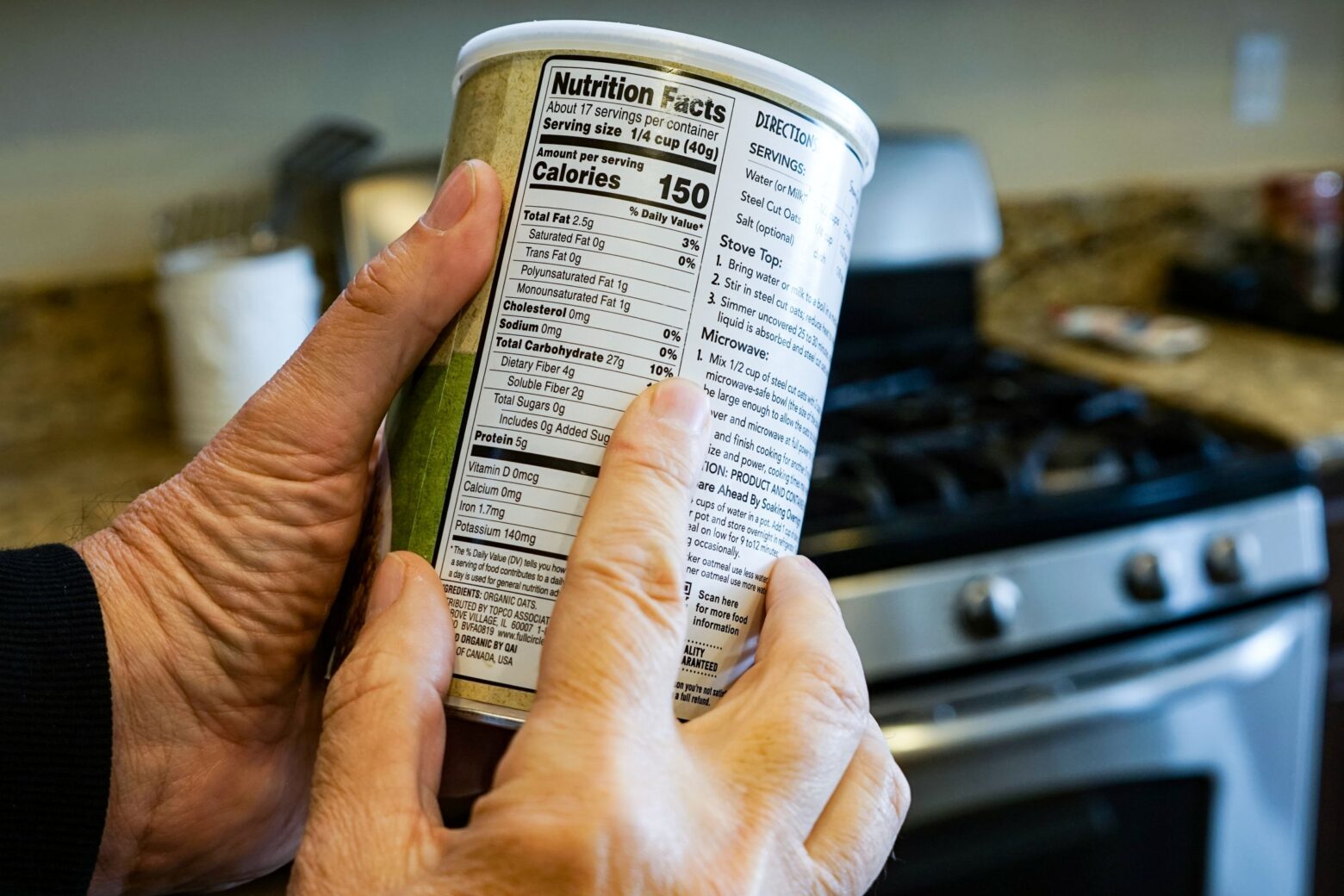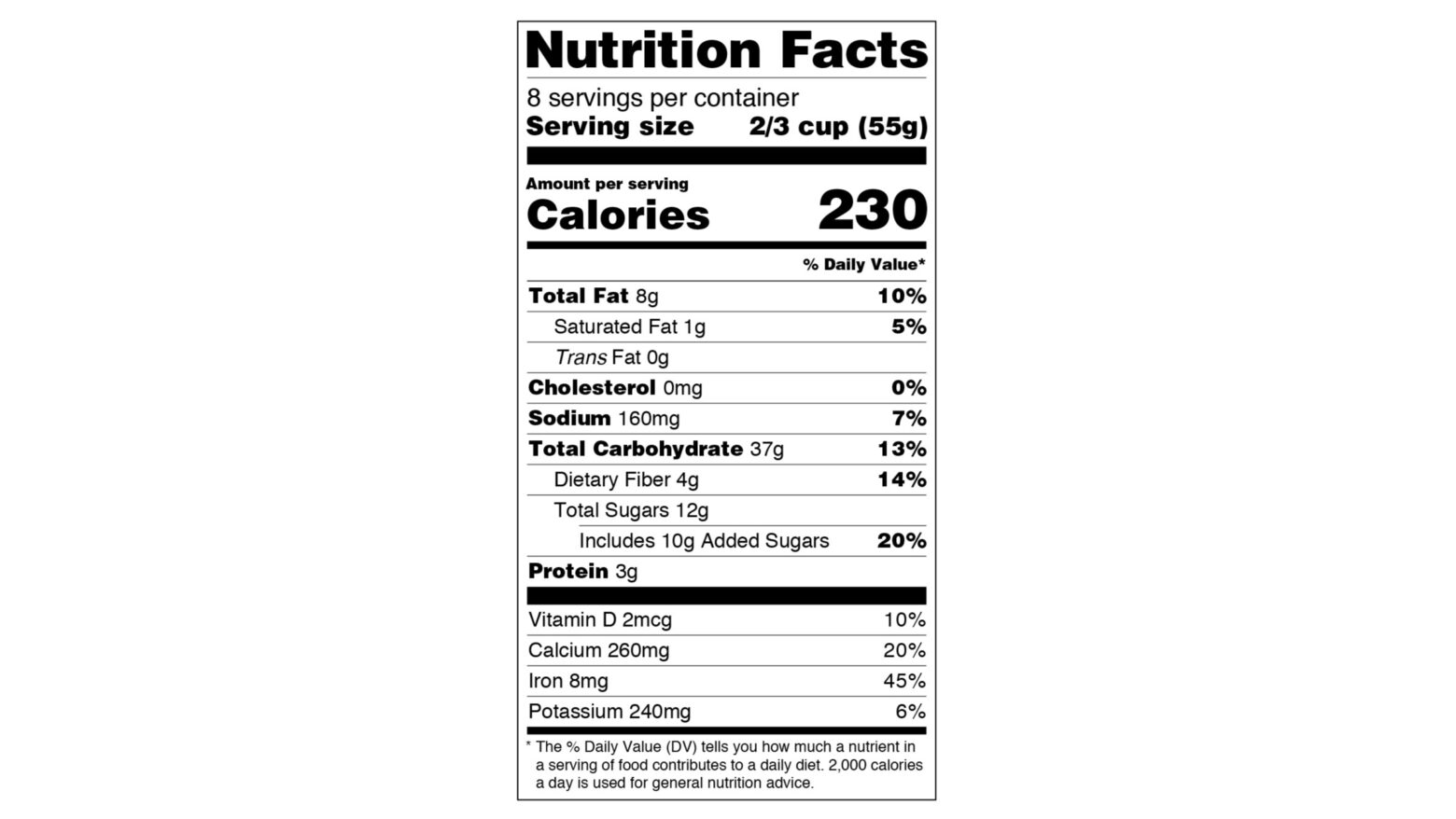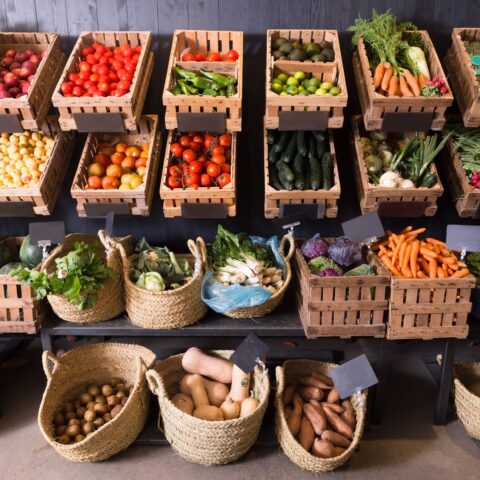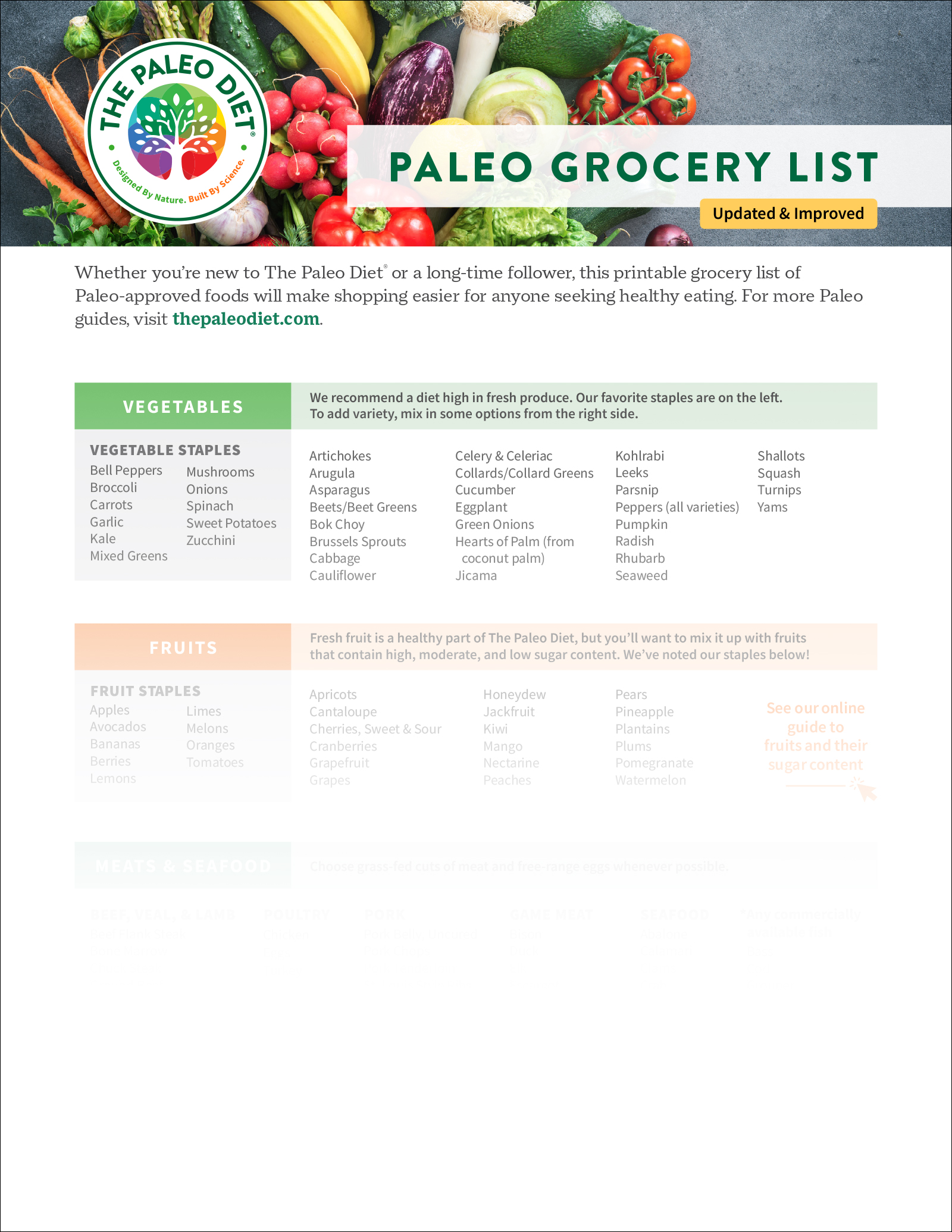Using the Nutrition Facts Label to Make Better Choices

In 2020, consumers were introduced to a new Nutrition Facts label on food packaging. But do you know how to use the data to make better food choices? We unpack the changes and highlight what this means when making decisions in the store and at home.
The Nutrition Facts panel was first introduced in 1993 by the U.S. Food and Drug Administration (FDA) as part of the Nutrition Labeling and Education Act of 1990. Its original purpose was to provide consumers with consistent, science-based information about the nutritional content of packaged foods. The early label focused on calories, fat, cholesterol, sodium, and a handful of essential vitamins and minerals, reflecting the public health concerns of that era.
Over the decades, the label has evolved to reflect the changing landscape of nutritional science and consumer habits. The 2016 update shifted the panel’s focus toward added sugars, serving size realism, and clear calorie presentation. The label now highlights how foods contribute to daily dietary needs, helping consumers quickly assess whether a product aligns with their personal health goals, whether it involves managing weight, reducing sugar intake, or increasing fiber and essential nutrients.
Is the Nutrition Facts Label a Valuable Resource?
How does this data align with eating Paleo? The Paleo Diet® guidelines can be used in parallel with the recommendations from the FDA and U.S. Department of Agriculture (USDA) for healthy eating, particularly for sodium and sugars. The Paleo Diet minimizes sodium and excludes refined sugars by focusing on whole, unprocessed foods. This aligns with the USDA’s MyPlate recommendations to support better health outcomes in Americans.1,2
Modern federal guidelines empower consumers to see beyond calories and make choices that prioritize nutrient density, favoring foods rich in protein, healthy fats, fiber, vitamins, and minerals over empty-calorie options high in added sugars and sodium. While the Nutrition Facts label is limited in its scope regarding all aspects of food quality and nutrition, it serves as a starting point for healthier eating in an environment where overconsumption of overly processed, packaged food is the norm.
Components of the Nutrition Facts Label
The Nutrition Facts panel shows nutrients we often want to eat less of (like calories, saturated fat, sodium, and added sugars) as well as beneficial ones (such as fiber, vitamins, and minerals), so you can find options that are rich in the nutrients you want to prioritize.

Bolded Words
Key elements on the label are printed in bold, easy-to-read text to grab your attention. For example, Calories and Serving Size appear in larger bold font, and nutrient names, such as Total Fat, are also bolded. This design makes significant information stand out, allowing you to quickly find what you’re looking for and compare products at a glance. In addition, “Calories from Fat” was removed in the latest update to support choosing healthier types of fat over an amount.3
Serving Size
In accordance with the law, the serving size on the new panel reflects the amount people typically consume in one sitting, rather than suggested portions. All the nutrition information (calories, nutrients) is based on this amount—if you eat more or less than the stated serving, you’ll get proportionally more or less of everything on the label.
Calories
This indicates the amount of energy provided per serving, helping to manage intake effectively. If you eat multiple servings, you need to multiply the calories by that amount to accurately understand your caloric intake.
Percent Daily Value
The % Daily Value (DV) tells you how much a serving of the food contributes to an average daily nutrient goal (based on a 2,000-calorie diet). This helps gauge whether a food is high or low in a particular nutrient. By checking the % DV, you can quickly compare foods and choose options that are higher in nutrients you need more of and lower in nutrients you should limit.
Added vs. Natural Sugars
The updated label distinguishes between natural sugars and added sugars. Total Sugars represents all sugars in the product, including those naturally occurring in ingredients like fruit or milk, as well as any added sweeteners. Underneath that, you’ll now see Added Sugars listed in grams and % DV—this tells you how much sugar was added during processing (like table sugar, syrups, or honey) on top of the natural sugars. This new line from the 2016 update is an improvement because excessive added sugar (the kind not naturally present in the food) can contribute to empty calories and is linked to various health issues.
Macronutrients
While The Paleo Diet is less concerned with counting macros and more focused on sourcing quality nutrients from whole foods, macronutrients are still important for providing energy and supporting overall health.
- Dietary Fiber is listed under carbohydrates and is something most people need more of—it’s excellent for digestion and heart health, so a higher fiber number is a plus. Under Dietary Fiber, you may see grams of Soluble Fiber and Insoluble Fiber designated separately, noting the two primary types essential for digestion.
- Protein is displayed in grams, allowing you to see how much of this muscle-building, filling nutrient4 you get in a serving. Though this macro is prioritized by many, we encourage looking at other aspects of the food packaging to better understand the source and quality of the protein you’ll be getting.
- Total Fat on the label is broken down into types, including Saturated Fat and Trans Fat. Food manufacturers can voluntarily list monounsaturated and polyunsaturated fats, which are heart-healthy fats.
Using Nutrition Facts to Support a Healthy Diet
Supporters of the Nutrition Facts label believe it empowers consumers to see beyond calories and make choices that prioritize nutrient density, favoring foods rich in fiber, vitamins, and minerals over empty-calorie options high in added sugars and unhealthy fats.
At The Paleo Diet, we believe in healthy eating that includes proteins, fruits, vegetables, and foods high in healthy fats, beneficial nutrients, and bioactive compounds, as well as a limited intake of processed foods high in refined carbohydrates, sugars, and sodium. The Nutrition Facts label is one step in education toward better eating and less reliance on highly processed foods. The Paleo Diet aims to support increasingly meaningful and impactful consumer education for making more informed choices in the future.
References
- Be Salt Smart | MyPlate. (2022). www.myplate.gov. https://www.myplate.gov/tip-sheet/be-salt-smart
- Cut Back on Added Sugars | MyPlate. (2022). www.myplate.gov. https://www.myplate.gov/tip-sheet/cut-back-added-sugars
- At a Glance: Highlights of the Nutrition Facts Label. (2021). https://www.fda.gov/media/98098/download?attachment
- Wu, G. (2016). Dietary Protein Intake and Human Health. Food & Function, 7(3), 1251–1265. https://pubs.rsc.org/en/content/articlelanding/2016/fo/c5fo01530h
Kimberly Lord Stewart
Kimberly Lord Stewart is an author, journalist, and culinary expert. Her work highlights the importance of incorporating whole foods into daily diets and emphasizes the connection between food and overall well-being.
More About The Author




